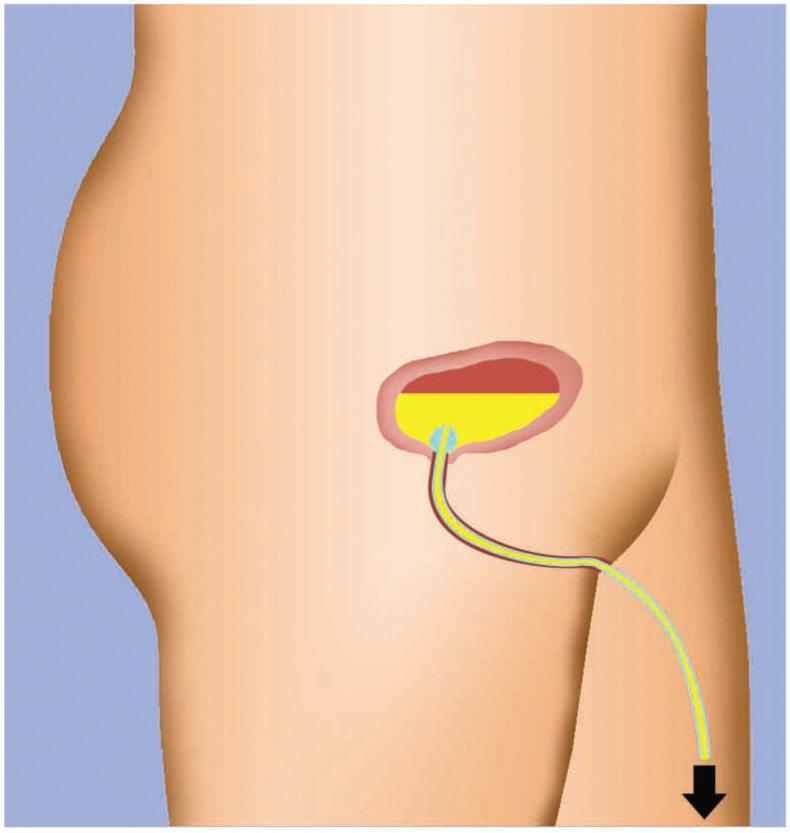Urinary Incontinence
Loss of bladder control
“I kept leaking urine when I sneezed, then one day I was out and couldn’t make it to the toilet in time.
I didn’t tell anyone about my accident because I was so embarrassed. I stopped going out and kept making excuses for missing family events.
I finally plucked up courage to see a doctor and started treatment. Regaining bladder control has given me back my life!”
What is Urinary Incontinence?
Urinary incontinence, or loss of bladder control, causing leaking of urine.
Who does it affect?
• Men and women of all ages.
• More common among the elderly. What problems can it cause?
• Feelings of shame.
• Unable to apply weight on the leg of the injured hip.
• Skin irritation and broken skin (sores) on the buttocks and perineum, if the skin is in constant contact with urine.
What are the signs?
• Leakage of urine.
• Having a strong urge to urinate even if the bladder is not full.
• Urinating more than once in 2 hours or more than 7 times a day.
• Waking up to urinate at least twice when sleeping at night.
• Painful or difficult urination.
• Bed-wetting.
Can it be treated?
Yes! Treatment can improve or help you to gain back the control of your bladder.
Your doctor or nurse will recommend the best treatment for you depending on the type of incontinence you have and how bad it is.
What treatments are there?
Bladder Training
This involves delaying the urge to urinate. It starts with a 15 minute delay and is slowly increased. The goal is to lengthen the time between toilet trips to 2 - 4 hours.
Following
a Toilet Routine
To prevent accidents, you go to the toilet at a set time (usually every 2 to 4 hours), instead of waiting until you need to go.
Medication
Your doctor may prescribe pills to treat urinary tract infections, or to slow down an overactive bladder.
Pelvic floor (Kegel) exercises
These are exercises to tighten your urine sphincter and pelvic floor muscles that help to control urination.


